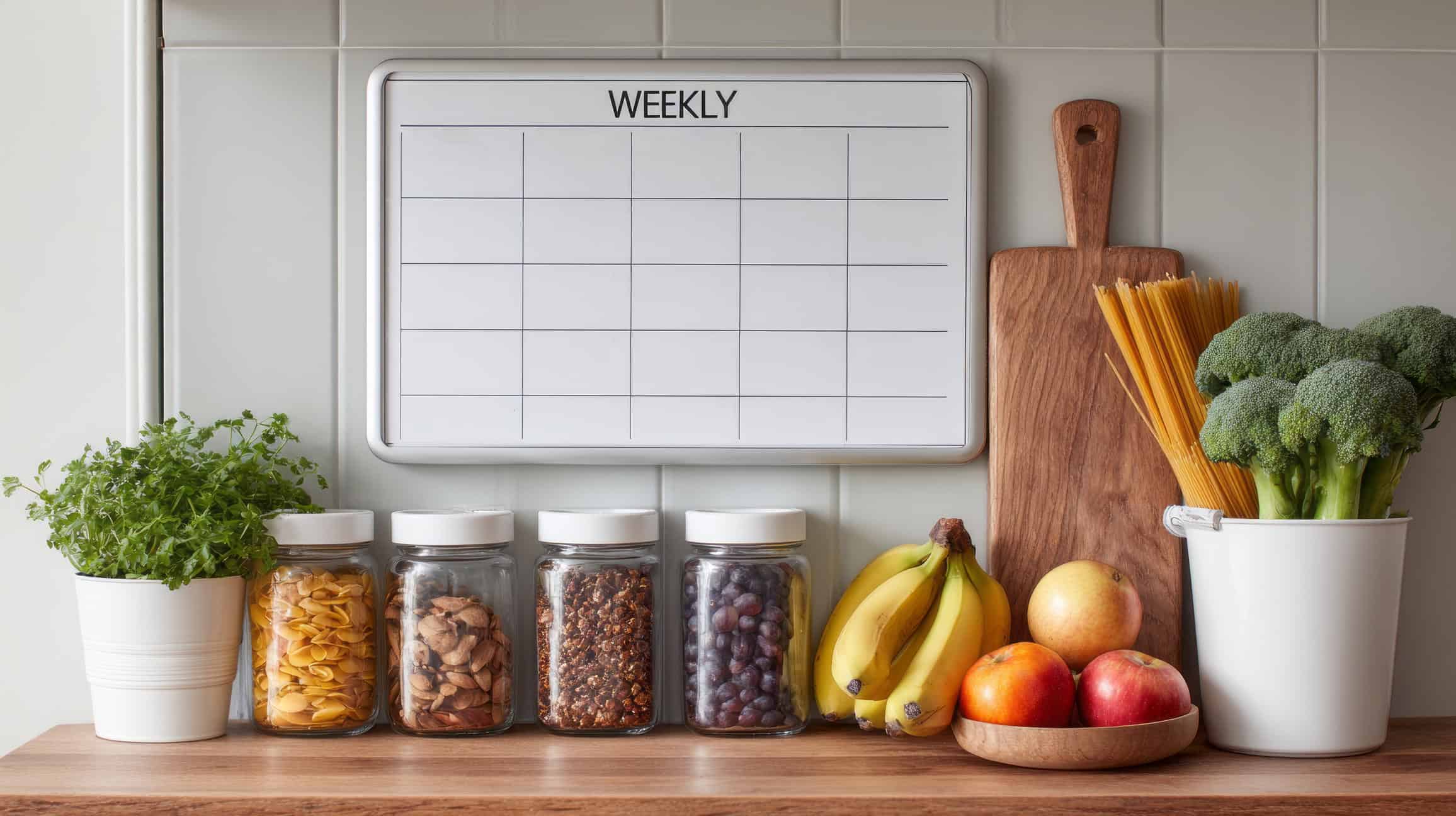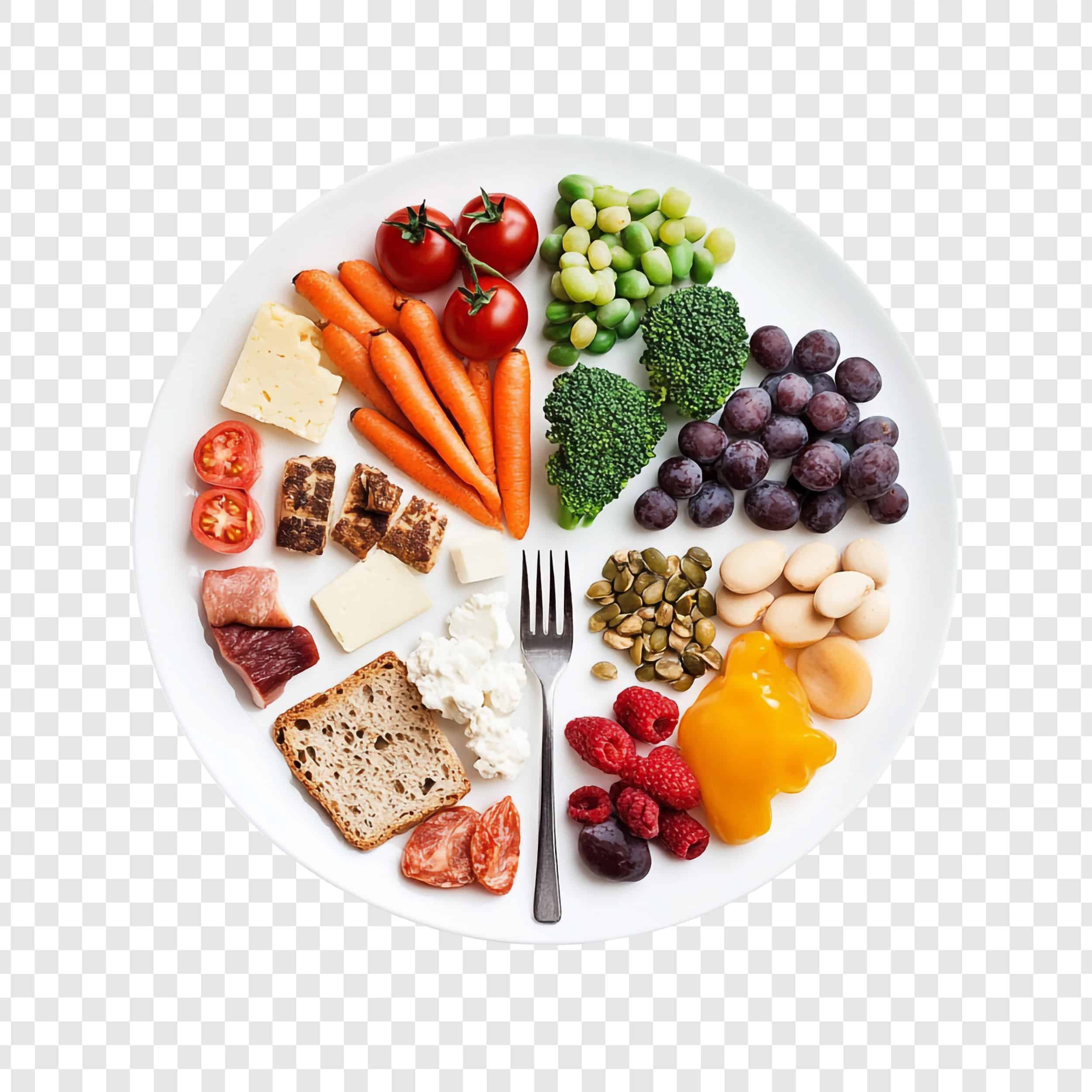Walking into a grocery store without a plan feels overwhelming. With endless aisles and tempting displays, it’s easy to overspend and forget essentials. One-third of all food produced globally is lost or wasted between farm and fork, with eliminating avoidable food waste saving the average American family approximately $1,800 annually.
These 13 smart shopping tips will transform your grocery runs from stressful chores into efficient, purposeful trips.
1. Plan Your Meals Before You Shop
Meal planning is the foundation of smart grocery shopping. When you know exactly what meals you’ll cook this week, your shopping list writes itself. This eliminates guesswork, reduces impulse purchases, and ensures you buy only what you’ll actually use.
2. Organize Your List by Store Layout
Group your shopping list by store sections—produce, dairy, meat, pantry items—to avoid backtracking through aisles. This saves time and reduces the chance of forgetting items in less-visited areas of the store.
3. Create a Budget and Stick to It
Financial experts recommend spending 10-15% of household income on groceries. Set a realistic weekly budget before shopping and track your spending as you go. A clear budget prevents overspending and helps you make intentional choices between competing options.
4. Stick to Your Shopping List
List discipline is crucial for efficient shopping. A well-planned list keeps you focused on actual needs rather than perceived wants, preventing both overspending and forgotten essentials.
How OrganizEat Makes List-Following Easier
OrganizEat simplifies list creation and management through direct recipe integration. When you want to make a specific recipe, simply tap the shopping cart icon next to the ingredients section, and all necessary items automatically populate your grocery list app. For items not connected to recipes—household supplies or snacks—easily add individual items using the + button.
The app’s sharing feature lets you send your grocery list via email or text, so family members can shop even when they weren’t involved in planning. This eliminates communication gaps and ensures nothing gets forgotten. Unlike digital lists versus paper ones, our recipe organizing app connects your meal plans directly to your shopping needs.
5. Shop the Perimeter First
Grocery stores place fresh, whole foods around the perimeter: produce, meat, dairy, and bakery items. Start your shopping journey here before venturing into center aisles filled with processed foods. This strategy naturally guides you toward healthier, less expensive whole ingredients.
6. Choose In-Season Produce
In-season fruits and vegetables cost significantly less than when out of season and taste better when eaten fresh than out-of-season alternatives. Those January tomatoes might look appealing, but they’ll lack flavor and strain your budget. This difference is most noticeable when eating produce fresh like salad, or after brief cooking like stir-frying, where original flavor and texture matter most. Learn what’s in season in your area and plan meals accordingly.
7. Consider Frozen Alternatives
Frozen vegetables and fruits are picked at peak ripeness and often more affordable than fresh options. They last longer than fresh produce, reducing waste, and require no prep work. They work especially well for longer cooking methods like soups, stews, and casseroles where flavors blend and textures soften. Frozen corn, broccoli, and berries provide excellent nutrition and convenience for busy families.
8. Buy Store Brands for Basic Items
Store-brand products offer identical quality to name brands at 20-30% lower prices. This is especially true for basic ingredients like flour, sugar, canned tomatoes, and cleaning supplies. Save money on generics and splurge selectively on items where brand matters to you.
9. Stock Up During Sales (But Be Smart About It)
When non-perishable items you use regularly go on sale, buy extra. However, avoid bulk buying perishables unless you have specific plans to use them quickly. The goal is stretching your dollars, not filling your pantry with items that will spoil.
10. Never Shop When You’re Hungry
Hunger affects decision-making and leads to impulse purchases of high-calorie, expensive items. Eat a small snack—like an apple or handful of nuts—before heading to the store. This simple step keeps you focused on your planned purchases.
11. Shop Mid-Week for Better Deals
Another, less common, timing advice is to shop mid-week when stores restock and mark down items. Tuesday through Thursday often feature the best selection and prices when foot traffic is lower. Weekend shopping means picked-over produce and fewer sale items.
12. Read Labels, Not Just Prices
Compare unit prices rather than package prices to find true value. A larger package isn’t always cheaper per ounce. Also, read ingredient lists to make informed choices about nutrition, quality, and health, especially when choosing between similar products or managing dietary restrictions.
13. Focus on Whole Foods Over Processed Items
Choose ingredients over pre-made items whenever possible. Fresh vegetables, whole grains, and unprocessed proteins offer better nutrition and value than their packaged counterparts. Building meals around real ingredients also gives you more control over flavor and family health.
Conclusion
Smart grocery shopping combines strategic planning with disciplined execution. These 13 tips work together to transform chaotic shopping trips into efficient, budget-friendly experiences. When you plan meals, shop with purpose, and use tools like OrganizEat to stay organized, grocery shopping becomes less stressful and more successful. The result is better meals, less waste, and more time for what matters most—enjoying those meals with your family.






